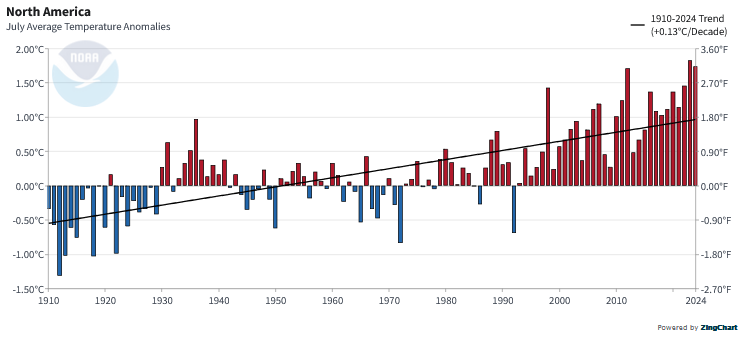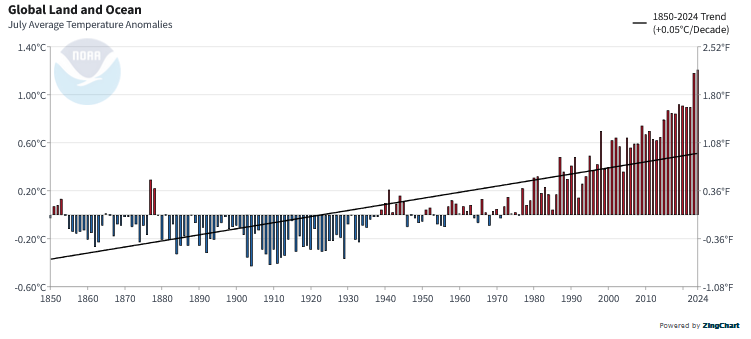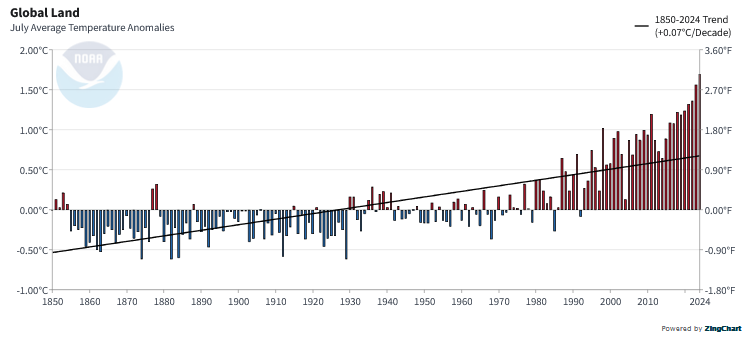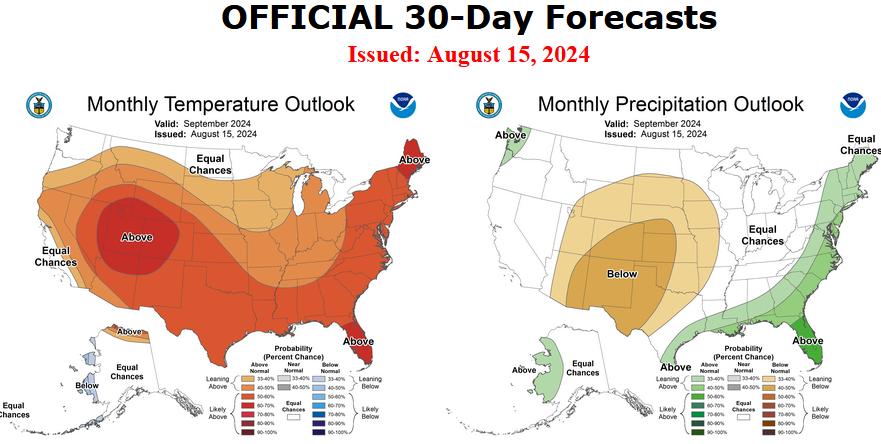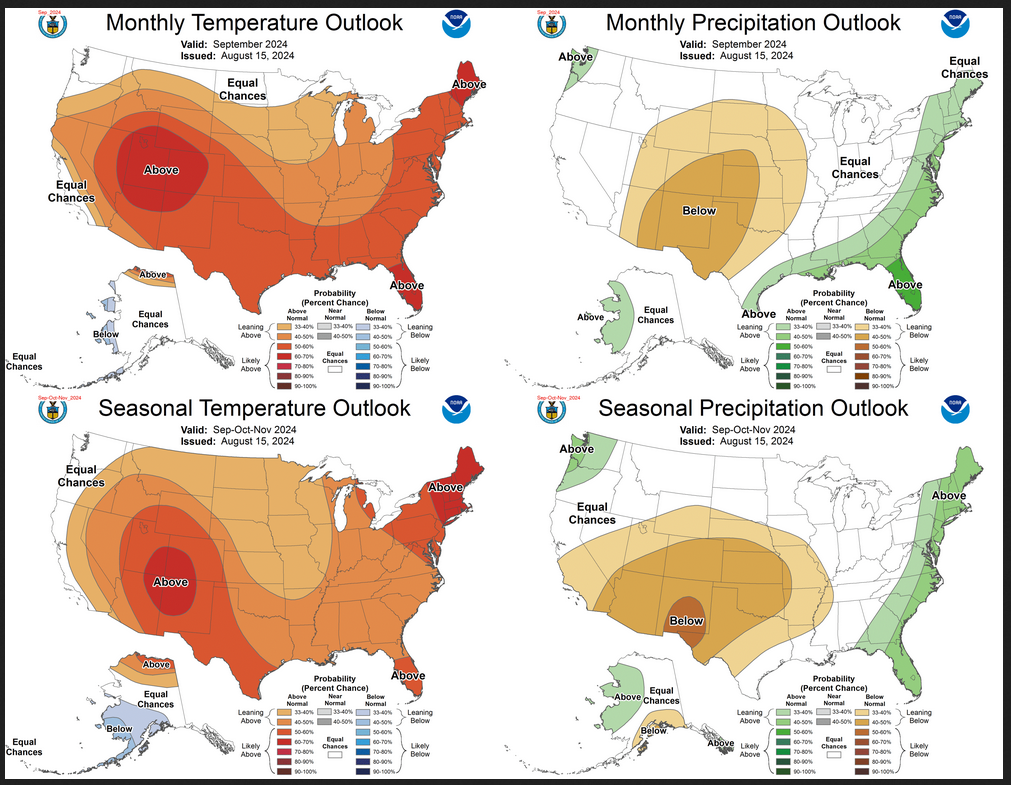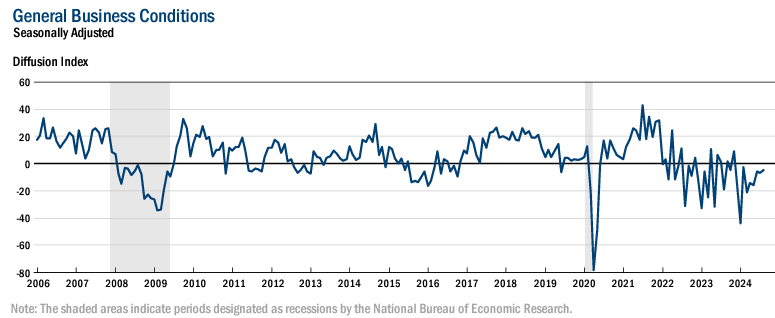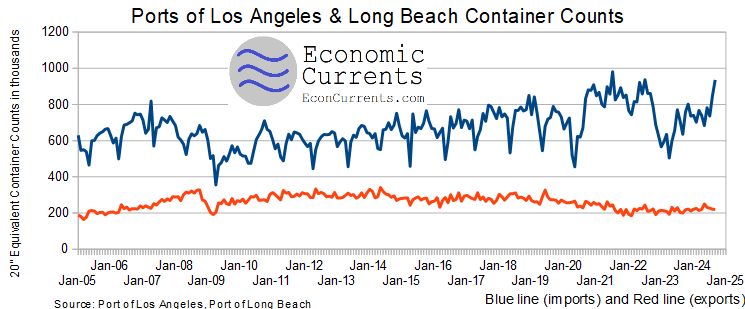Short Range Forecast Discussion
NWS Weather Prediction Center College Park MD
Sat Aug 17 2024
Valid 12Z Sat Aug 17 2024 – 12Z Mon Aug 19 2024
…There is a Slight Risk of excessive rainfall over parts of the
Mid-Atlantic on Saturday/Sunday and Southwest/Eastern Great Basin on
Saturday…
…There is a Slight Risk of severe thunderstorms over parts of the
Pacific Northwest, Great Basin, and Ohio Valley on Saturday and southern
Mid-Atlantic to Southeast/Lower Mississippi Valley on Sunday…
…There are Excessive Heat Warnings and Heat Advisories over parts of the
Southern Plains and Lower Mississippi Valley…
A front extending from the Great Lakes/Ohio Valley across the Middle
Mississippi Valley and then to the Central High Plains will move eastward
to the Mid-Atlantic/Southeast Coast and southward to the Southern Plains
by Monday. On Saturday, showers and thunderstorms will develop along and
ahead of the boundary from the Great Lakes/Ohio Valley to the
Tennessee/Lower Mississippi Valleys.
Additionally, upper-level energy will intersect a pool of tropical
moisture over the northern Mid-Atlantic, producing heavy rain. Therefore,
the WPC has issued a Slight Risk (level 2/4) of excessive rainfall over
parts of the northern Mid-Atlantic through Sunday morning. The associated
heavy rain will create mainly localized areas of flash flooding, with
urban areas, roads, small streams, and low-lying areas the most
vulnerable.
Furthermore, the boundary will trigger showers and severe thunderstorms
over parts of southwestern Ohio, eastern Kentucky, and extreme
north-central Tennessee. Therefore, the SPC has issued a Slight Risk
(level 2/5) of severe thunderstorms over parts of the Ohio/Tennessee
Valleys through Sunday morning. The hazards associated with these
thunderstorms are frequent lightning, severe thunderstorm wind gusts,
hail, and a few tornadoes.
Moreover, upper-level energy and a plume of monsoonal moisture will aid in
creating showers and thunderstorms with heavy rain over parts of southern
Utah and northwestern Arizona. Therefore, the WPC has issued a Slight Risk
(level 2/4) of excessive rainfall over parts of the Great Basin/Southwest
through Sunday morning. The associated heavy rain will create mainly
localized areas of flash flooding, with urban areas, roads, small streams,
and low-lying areas the most vulnerable.
In addition, the energy will produce showers and severe thunderstorms over
parts of the Great Basin. Therefore, the SPC has issued a Slight Risk
(level 2/5) of severe thunderstorms over parts of the Great Basin through
Sunday morning. The hazards associated with these thunderstorms are
frequent lightning, severe thunderstorm wind gusts, and a minimal threat
of hail and tornadoes.
Also, an upper-level low over the Pacific Northwest Coast and associated
energy will develop showers and severe thunderstorms over parts of Oregon
and Washington State on Saturday. Therefore, the SPC has issued a Slight
Risk (level 2/5) of severe thunderstorms over parts of the Pacific
Northwest through Sunday morning. The hazards associated with these
thunderstorms are frequent lightning, severe thunderstorm wind gusts,
hail, and a minimal threat of tornadoes.
On Sunday, as the front moves into the Mid-Atlantic, Southeast, and Lower
Mississippi Valley, showers and severe thunderstorms will develop along
and ahead of the boundary. Therefore, the SPC has issued a Slight Risk
(level 2/5) of severe thunderstorms over parts of the southern
Mid-Atlantic to Southeast/Lower Mississippi Valley from Sunday through
Monday morning. The hazards associated with these thunderstorms are
frequent lightning, severe thunderstorm wind gusts, hail, and a minimal
threat of tornadoes.
Further, a strong pool of moisture will be over the Mid-Atlantic on
Sunday, aiding in producing showers and thunderstorms with heavy rain over
parts of the northern Mid-Atlantic. Therefore, the WPC has issued a Slight
Risk (level 2/4) of excessive rainfall over parts of the northern
Mid-Atlantic from Sunday through Monday morning. The associated heavy
rain will create mainly localized areas of flash flooding, with urban
areas, roads, small streams, and low-lying areas the most vulnerable.
Moreover, monsoonal moisture and daytime heating will create showers and
thunderstorms over parts of the Southwest, Eastern Great Basin, and
Central Rockies from late afternoon into late evening on Sunday.
Additionally, the upper-level low over the Northwest will produce rain,
with maybe an embedded thunderstorm over the region on Sunday.
Meanwhile, upper-level ridging over parts of the Southern Plains and
Lower Mississippi Valley will produce high temperatures in the upper-90s
to low-100s with dew points in the low to mid-70s have prompted Excessive
Heat Warnings and Heat Advisories over parts of the Southern Plains and
Lower Mississippi Valley. The sweltering summer heat will continue over
the south. A prolonged stretch of high temperatures in the upper 90s and
triple digits will be focused over portions of the Southern Plains and
Gulf Coast through Monday. Low temperatures in the low-80s/upper-70s are
also forecast along the Gulf Coast, providing little relief from the heat
overnight. Moreover, the combination of summer heat and high humidity will
support daily maximum heat indices near 110F. People spending more time or
effort outdoors or in a building without cooling are at an increased risk
of heat-related illness.




